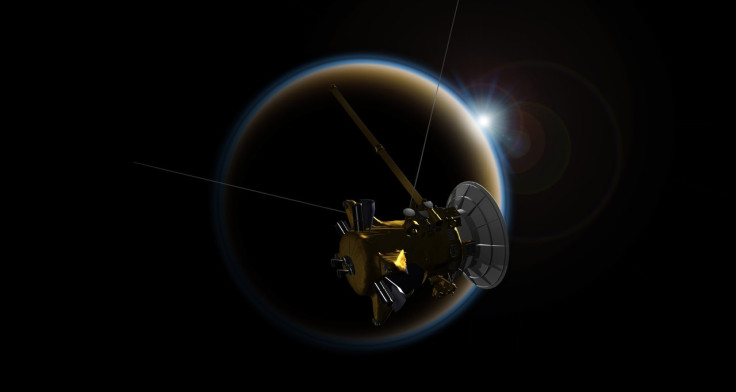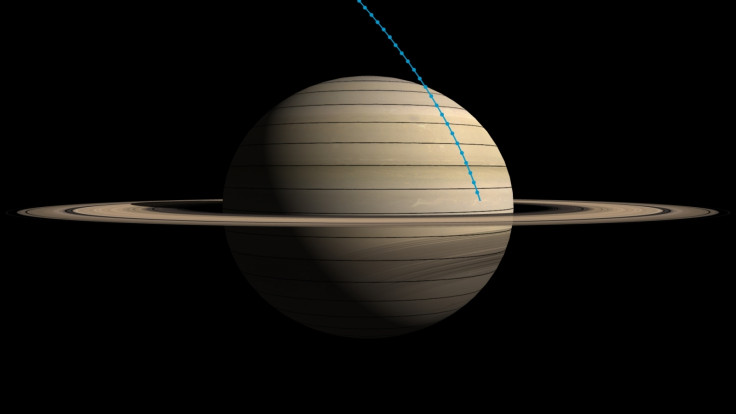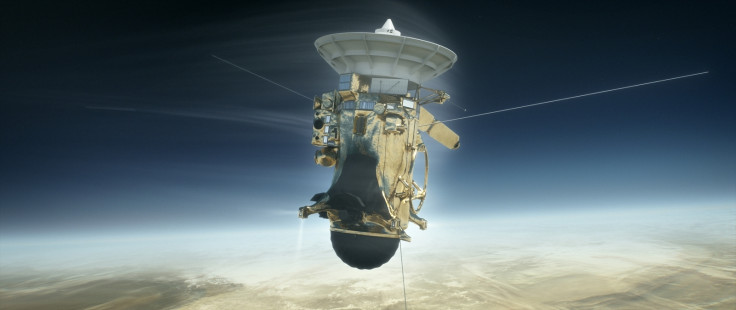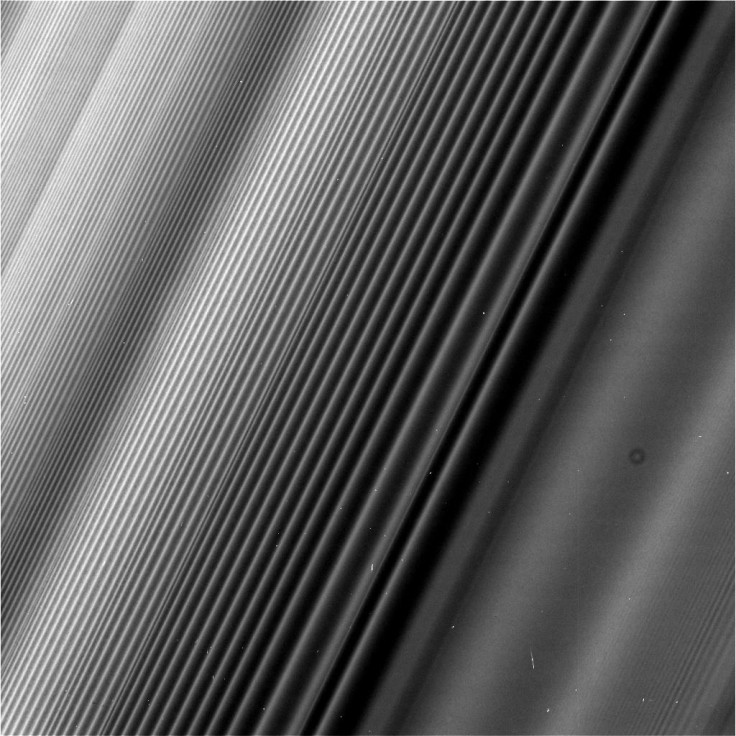Cassini sends back stunning images of Saturn one last time before it plunges into the ringed planet
The spacecraft will fall into Saturn's atmosphere on Friday, 15 September.

Cassini, one of Nasa's longest running missions at Saturn, will come to an end on Friday (15 September) as it heads toward the ringed planet's atmosphere at a speed of over 105,410 km/h (relative to earth).
The spacecraft's trajectory got bent after it flew within 120,000km of the Titan - Saturn's largest natural satellite - and now it is on a collision path with the planet, the BBC reported.
Nasa called Cassini's last encounter with Titan the "kiss goodbye" as the mission will now cease to exist after entering the planet's atmosphere.
However, during the time it spent studying Saturn, the probe reportedly made hundreds of passes over Titan. That includes 127 precisely targeted encounters with the giant moon.
"Cassini has been in a long-term relationship with Titan, with a new rendezvous nearly every month for more than a decade," Earl Maize, Cassini Project Manager at Nasa's Jet Propulsion Laboratory in Pasadena, California, said.
"This final encounter is something of a bittersweet goodbye, but as it has done throughout the mission, Titan's gravity is once again sending Cassini where we need it to go."

The next transmission of images and other data from Cassini is expected to reach Earth on 12 September and they will be streamed soon after, says Nasa. When navigators get this data dump, they will be able to precisely measure the trajectory that Cassini has taken.

As it approaches Saturn's upper atmosphere, the spacecraft will encounter gases and just like any meteor that enters Earth and eventually it will completely burn out. Apart from being a dramatic way to end the mission it is also done to gather as much information about Saturn's atmosphere from up close.
Although this a dramatic end for the mission it will also gather a lot of information about Saturn's atmosphere from up close.
It was reported that burning up is also one way to prevent humanity destroying alien life in any of Saturn's moons, should there be any life in those parts.

Apart from the stunning images that were sent back to Earth, there was also a lot of science that was accomplished through Cassini. It is the first real Saturn orbiter unlike the Pioneer 1 or the Voyagers flying by several decades prior.
"We're looking at a string of remarkable discoveries – about Saturn's magnificent rings, its amazing moons, its dynamic magnetosphere and Titan's surface and atmosphere," Linda Spilker, Cassini's project scientist said.

"Some of the mission highlights so far include discovering that Titan has Earth-like processes and that the small moon Enceladus has a hot-spot at its southern pole, plus jets on the surface that spew out ice crystals, and liquid water beneath its surface," she added.
Cassini spent 13 years in the Saturn system, reports Nasa, saying, how the images sent back were incredible and truly otherworldly. To really study a planet, they said, there is no substitute to actually travelling to it.

© Copyright IBTimes 2025. All rights reserved.





















